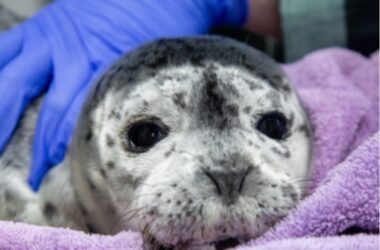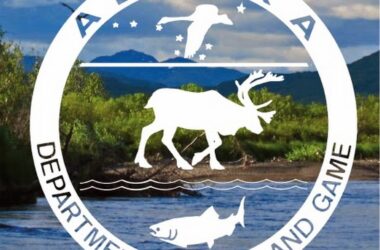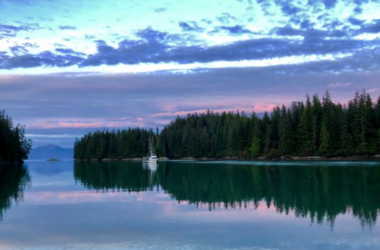The National Oceanic and Atmospheric Administration has declared an “unusual mortality event” after 30 large whales have been found dead in the Gulf Alaska.
The declaration has launched a focused federal investigation into the cause.
NOAA Fisheries’ marine mammal health and stranding response coordinator Dr. Teri Rowles…
Dr. Rowles: “And that number is more than three times the normal with the annual average for that area about eight whales per year. There have been 11 fin whales, 14 humpback whales, and one gray whale. In addition, there have been four unidentified cetaceans that have been found.”
Many of the carcasses have been moderately to severely decomposed when found, along with being stranded or floating in areas inaccessible to scientists, making it difficult to conduct data collection.
Rowles said since 1992 NOAA has declared six unusual mortality events for large whales.
Dr. Rowles: “We have the predator competition for samples that we get in Alaska. You can see by the press and news release sometimes in Alaska there are predators like large bears, in that picture there are seven, that are competing with our network members trying to collect samples in the area. Human safety is a huge issue.”

The Gulf of Alaska is not the only area experiencing strange mammal deaths: British Columbia reported four Humpback whales and one Sperm whale deceased between August 7-13 and a large mortality event of seals has been reported along the California coast.
One theory is that elevated Pacific Ocean and accompanying air temperatures have increased toxic algae blooms along the coasts.
Scientists are concerned that the strong El Nino forecast for this winter could increase that, further impacting large whale reproduction and mortality.
NOAA has asked the public to help their investigation by reporting any sightings of dead or distressed whales by calling (877) 925-7773.






